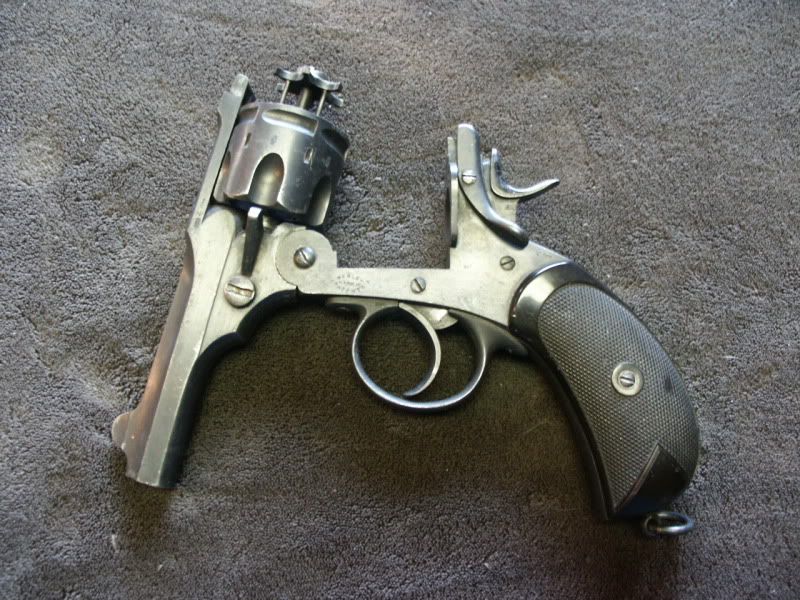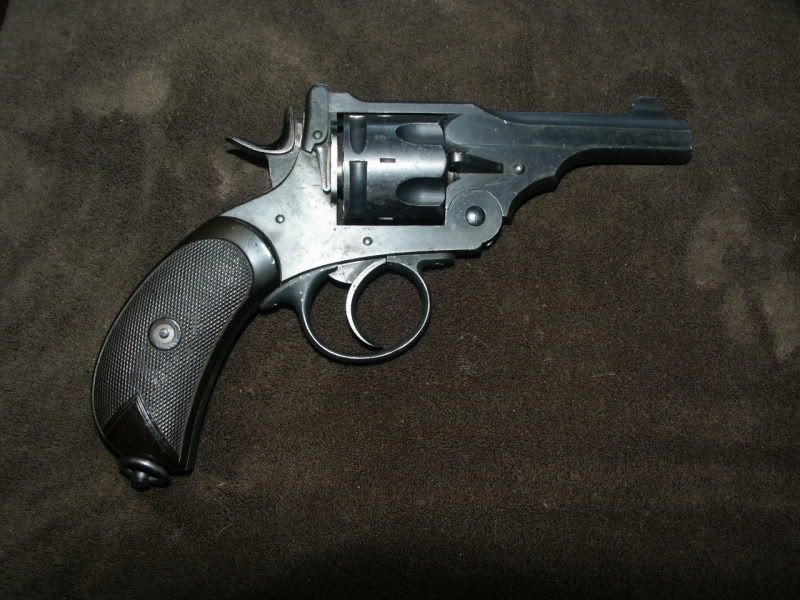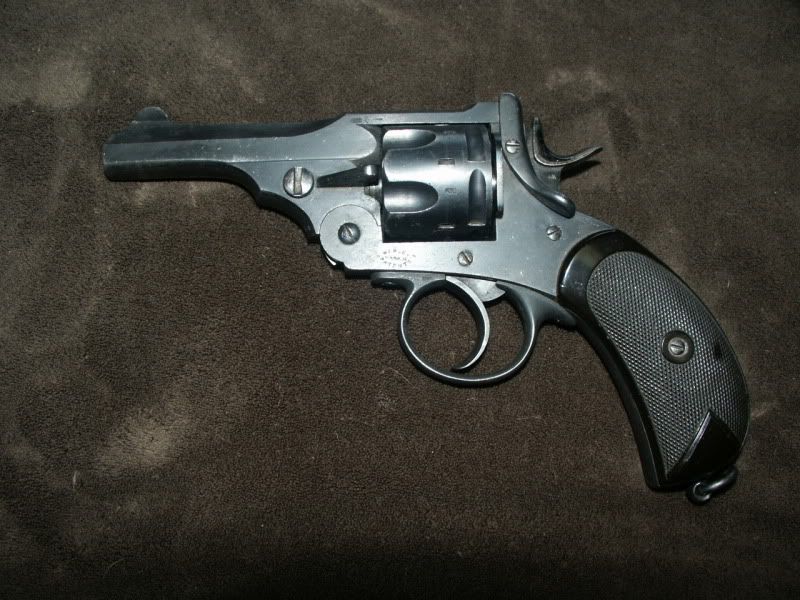The Mark II is the "high pressure" version of the original Mark I, designed for cordite rounds. It's converted and shoots auto rims or 45 acp (I've only shot modest handloads out of it - 5 grains of unique).
I think you're confusing you Mark numbers between those assigned to cartridges and those assigned to revolvers. The Webley Mk. V was the first Webley specifically designed to use smokeless (cordite) ammo. The cordite ammo is the Mk. II cartridge while the black powder ammo is the Mk. I cartridge. Many Mk. IV revolvers were retrofitted in order to be suitable for the Mk. II cartridge, but to my knowledge no Mk. I, II, or III revolvers were so-retrofitted. Mk. I-IV revolvers should really only be shot with black powder or an equivalent. I don't know how the pressure of your Unique load compares to a black powder one, but without pressure testing it I wouldn't want to shoot it in a Mk. II revolver.



